

Articles
How To Store Your Fridge Effectively
Modified: January 23, 2024
Learn effective techniques for storing articles in the fridge to keep them fresh and organized. Follow these tips to maximize the shelf life of your perishable items.
(Many of the links in this article redirect to a specific reviewed product. Your purchase of these products through affiliate links helps to generate commission for Storables.com, at no extra cost. Learn more)
Introduction
Storing your fridge properly is essential to maintain its performance and longevity. Whether you’re moving, going on a vacation, or simply need to clean and organize your fridge, following a few simple steps can make a significant difference in preserving the quality and freshness of your food. In this article, we will guide you through the process of storing your fridge effectively.
Keeping your fridge clean and organized not only ensures the safety of your food but also saves you time and energy. By following these steps, you can maximize space, maintain optimal temperature and humidity levels, and prevent unpleasant odors.
From cleaning the fridge to arranging your items in an organized manner, we will cover each step in detail and provide practical tips to help you store your fridge like a pro. So let’s dive in and discover how to store your fridge properly!
Key Takeaways:
- Keep your fridge clean and organized to maximize space, maintain optimal temperature and humidity levels, and prevent unpleasant odors. Follow the steps to store your fridge like a pro and enjoy fresh, organized food!
- Utilize clever storage techniques, maximize space, and maintain proper temperature and humidity levels to extend the freshness and shelf life of your food. Keep your fridge clean, organized, and efficient for a more enjoyable cooking experience!
Read more: How To Store Asparagus In Your Fridge
Step 1: Cleaning the Fridge
The first step in storing your fridge effectively is to clean it thoroughly. Start by unplugging the fridge and removing all the items from inside. Check each item for expiration dates and discard any that have gone bad.
Next, remove the shelves, drawers, and any removable parts from the fridge. To clean them, wash them with warm soapy water and rinse thoroughly. If there are stubborn stains or spills, you can use a mixture of baking soda and water to scrub them away.
For the interior of the fridge, use a mild detergent mixed with warm water and a sponge or cloth to wipe down all surfaces, including the walls and door. Pay special attention to the corners and crevices where dirt and bacteria can accumulate. Rinse with clean water and dry with a clean cloth before putting the removable parts back in.
Don’t forget to clean the exterior of the fridge as well. Wipe down the doors, handles, and any other visible surfaces with a damp cloth. Avoid using harsh chemicals or abrasive cleaners that can damage the finish.
Once the fridge is clean and dry, you can move on to the next step of removing the food and defrosting.
Step 2: Removing Food and Defrosting
After cleaning the fridge, the next step is to remove all the food items and defrost the freezer if necessary. Start by taking out all the perishable items such as fruits, vegetables, dairy products, and meat. If you have any leftover food, it’s best to consume or discard it rather than storing it.
For the freezer, check if there is a build-up of ice. If the ice layer is thicker than half an inch, it’s time to defrost the freezer. Turn off the freezer and place towels or absorbent mats inside to catch the melting ice. You can speed up the process by using a hairdryer on a low setting, but be cautious not to overheat any plastic or electrical components.
While the freezer is defrosting, use this time to sort through the items you removed from the fridge. Check the expiration dates and discard anything that has gone bad or is no longer safe to consume. Take note of items that need to be used soon or require special storage conditions.
Once the freezer has defrosted, wipe away any remaining moisture with a clean cloth. Make sure to dry the interior thoroughly before moving on to the next step of organizing and arranging the items.
Now that the fridge is clean and the food has been sorted, it’s time to move on to the next step and organize the items effectively.
Step 3: Organizing and Arranging Items
Organizing and arranging the items in your fridge is crucial for easy access and to avoid food waste. Here are some tips to help you organize your fridge effectively:
- Allocate specific sections in your fridge for different food groups. For example, designate one shelf for dairy products, one for fruits and vegetables, and one for leftovers.
- Use clear containers or storage bins to group similar items together. This not only keeps your fridge organized but also makes it easier to see what you have and avoid duplicates.
- Store raw meat and seafood on the bottom shelf to prevent cross-contamination. Make sure to place them in sealed containers or bags to prevent any drips or spills.
- Keep frequently used items at eye level for easy access. This includes condiments, beverages, and commonly used ingredients.
- Utilize the door compartments for items that are less perishable, such as condiments, sauces, and bottled beverages.
- Consider using clear fridge organizers or stackable containers to maximize vertical space and keep smaller items organized and easily accessible.
- Label leftovers with the date to help you remember when they were cooked, and prioritize consuming them before fresher items.
- Regularly check and rotate items in your fridge to ensure older food doesn’t get pushed to the back and forgotten.
By following these tips, you can maintain an organized fridge and reduce food waste. Additionally, organizing your fridge in this way can help you optimize space and make the most of your fridge’s capacity.
Next, let’s move on to Step 4: Maximizing Space, where we will explore ways to make the most of the available space in your fridge.
Step 4: Maximizing Space
In order to make the most of the available space in your fridge, it’s important to utilize clever storage techniques and maximize the use of every shelf and compartment. Here are some tips to help you maximize space in your fridge:
- Adjust the shelves to fit your needs. Most fridge shelves are adjustable, so you can move them up or down to accommodate items of different sizes. This allows you to create more vertical space for taller items.
- Utilize storage containers and bins to create additional compartments. These can help you group similar items together and prevent them from getting lost in the back of the fridge.
- Make use of the fridge door compartments for smaller items such as condiments, spreads, and drinks. These compartments are often adjustable, so you can customize them to fit your needs.
- Consider using stackable fridge storage containers to maximize vertical space. These containers can help you stack items on top of each other without wasting any space.
- Use transparent storage bins or clear containers to easily identify the contents without having to search through the entire fridge.
- Avoid overcrowding the shelves to allow for proper air circulation. This helps maintain a consistent temperature throughout the fridge and prevents any areas from becoming too cold or too warm.
- Store leftovers and meal prepped items in portioned, stackable containers to conserve space.
- Consider using a lazy susan or turntable for items that are frequently used, such as sauces, dressings, or condiments. This allows you to easily access them without having to dig through the fridge.
By implementing these strategies, you can effectively maximize the storage space in your fridge and ensure that every inch is utilized efficiently. This not only helps keep your fridge organized, but also makes it easier to find and access the items you need.
Next, we will move on to Step 5: Maintaining Temperature and Humidity, where we will discuss the importance of maintaining proper temperature and humidity levels in your fridge.
To store your fridge properly, clean it regularly, keep the temperature between 37-40°F, and avoid overfilling to allow for proper air circulation. Also, check the seals and replace if damaged.
Step 5: Maintaining Temperature and Humidity
Maintaining the proper temperature and humidity levels in your fridge is essential for preserving the freshness and quality of your food. Here are some tips to help you maintain optimal conditions:
- Keep your fridge temperature set at or below 40°F (4°C) to prevent the growth of harmful bacteria. Use a refrigerator thermometer to ensure that the temperature remains consistent.
- Avoid frequently opening and closing the fridge door, as this can cause fluctuations in temperature. Plan ahead and take out all the items you need at once to minimize the time the door is open.
- Make sure the fridge is not overcrowded, as this can restrict air circulation and cause uneven cooling. Arrange items in a way that allows for proper air flow.
- Check the humidity control settings of your fridge, if available. Some fridges have humidity drawers or controls specifically designed for storing fruits and vegetables at the optimal humidity level.
- Keep fruits and vegetables in separate drawers to prevent them from ripening or spoiling quickly. Certain fruits, like apples and bananas, release ethylene gas, which can accelerate the ripening process of nearby produce.
- Wrap or cover foods properly to prevent them from drying out or absorbing unwanted odors. Use airtight containers, plastic wrap, or aluminum foil to keep food fresh.
- Avoid placing hot foods directly into the fridge as this can raise the internal temperature. Let the food cool down to room temperature before placing it in the fridge.
- Regularly check and clean the fridge vents and coils to ensure proper airflow and efficient cooling. Dust and debris can accumulate over time and hinder the performance of the fridge.
By maintaining the proper temperature and humidity levels in your fridge, you can extend the freshness and shelf life of your food. This helps prevent food wastage and ensures that your meals are safe and enjoyable.
Next, let’s move on to Step 6: Deodorizing and Cleaning the Interior, where we will discuss how to eliminate odors and keep your fridge smelling fresh.
Step 6: Deodorizing and Cleaning the Interior
To keep your fridge smelling fresh and clean, it’s important to regularly deodorize and clean the interior. Here are some steps to help you achieve a pleasant smelling fridge:
- Start by removing any expired or spoiled food items that could be causing unpleasant odors. Dispose of them properly to prevent the odor from lingering.
- Prepare a solution of equal parts water and white vinegar. Vinegar is a natural deodorizer and can help eliminate strong smells in the fridge.
- Dip a clean cloth or sponge into the vinegar solution and wipe down all surfaces inside the fridge, including the walls, shelves, and compartments. This will help remove any lingering odors.
- For stubborn odors, you can place an open container of baking soda on one of the shelves. Baking soda is excellent at absorbing odors and can help freshen up the fridge.
- Allow the vinegar or baking soda to sit in the fridge for a few hours or overnight. Then, wipe clean with a damp cloth or sponge and thoroughly dry the interior.
- Consider using natural deodorizers such as activated charcoal or coffee grounds to absorb any remaining odors. Place these in a small container or sachet and leave them in the fridge.
- Regularly check and clean the rubber gasket around the fridge door. Food particles and spills can get trapped in the grooves and contribute to unpleasant smells. Wipe it clean with a damp cloth and ensure it is properly sealed.
By regularly deodorizing and cleaning the interior of your fridge, you can eliminate unwanted smells and ensure a fresh and pleasant environment for your food.
Finally, we will move on to Step 7: Cleaning the Exterior and Properly Closing the Fridge, where we will discuss how to clean the outside of your fridge and ensure it is properly closed.
Step 7: Cleaning the Exterior and Properly Closing the Fridge
Keeping the exterior of your fridge clean not only enhances its appearance but also helps maintain its overall performance. Here are some steps to clean the exterior and properly close your fridge:
- Start by unplugging the fridge to ensure your safety while cleaning the exterior.
- Use a mild detergent or a mixture of dish soap and water to clean the exterior surfaces. Wipe down the doors, handles, and any other visible areas using a clean cloth or sponge.
- For stainless steel finishes, use a stainless steel cleaner or a vinegar-water solution to remove fingerprints or smudges. Be sure to follow the manufacturer’s instructions for cleaning stainless steel surfaces.
- Pay attention to small crevices and edges where dirt and grime can accumulate. Use a small brush or toothbrush to reach those areas and gently scrub away any dirt.
- Rinse the exterior surfaces with clean water to remove any soap residue and use a dry cloth to wipe them dry.
- If there are any stubborn stains or marks, you can make a paste using baking soda and water. Apply the paste to the stains, let it sit for a few minutes, then gently scrub and rinse off.
- Once the exterior is clean and dry, plug the fridge back in and ensure it is properly closed. Check that the door seals tightly and there are no gaps that may allow cool air to escape.
- If the fridge has adjustable feet, make sure it is level to ensure proper functioning.
- Remember to periodically clean the exterior of your fridge to maintain its appearance and prevent dirt build-up.
By regularly cleaning the exterior and ensuring the fridge is properly closed, you can not only keep it looking fresh but also maintain its energy efficiency and performance.
With these seven steps, you now have a comprehensive guide on how to store your fridge properly. By following these guidelines, you can ensure the cleanliness, organization, and optimal functionality of your fridge. So go ahead and put these tips into practice and enjoy a well-maintained fridge that keeps your food fresh and your kitchen organized!
Conclusion
Properly storing your fridge is essential for maintaining its performance, maximizing space, and preserving the quality of your food. By following the steps outlined in this article, you can ensure that your fridge remains clean, organized, and efficient.
Starting with cleaning the fridge thoroughly, removing food and defrosting if necessary, and organizing and arranging items in a systematic manner, you lay the foundation for an organized fridge. Maximizing space by utilizing adjustable shelves, storage containers, and clever storage techniques allows you to make the most of the available space.
Maintaining temperature and humidity levels is crucial for preventing spoilage and maintaining freshness. Regularly cleaning and deodorizing the interior of the fridge helps eliminate odors and keeps your food smelling and tasting great.
Don’t forget to clean the exterior of the fridge and ensure it is properly closed to maintain its appearance and overall performance. By following these steps, you can enjoy a clean, organized, and efficient fridge that keeps your food fresh and accessible.
Remember to periodically revisit these steps to maintain and optimize your fridge’s performance. By taking the time to store your fridge properly, you can create a more efficient and enjoyable cooking experience while enjoying the benefits of fresh and delicious food.
So, go ahead and implement these steps and transform your fridge into a well-organized and functional storage space. Your future self will thank you for the effort you put into properly storing your fridge!
Frequently Asked Questions about How To Store Your Fridge Effectively
Was this page helpful?
At Storables.com, we guarantee accurate and reliable information. Our content, validated by Expert Board Contributors, is crafted following stringent Editorial Policies. We're committed to providing you with well-researched, expert-backed insights for all your informational needs.

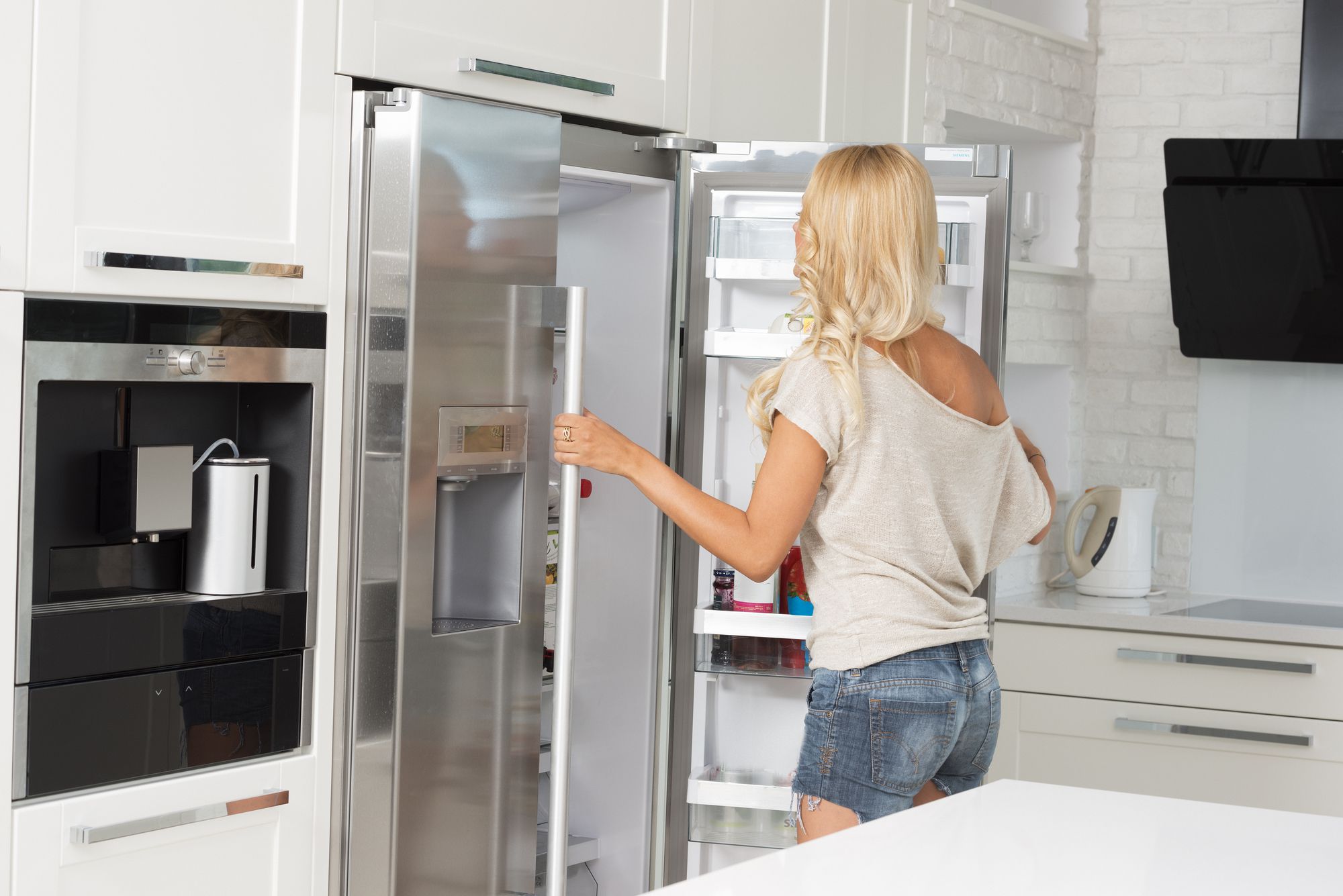

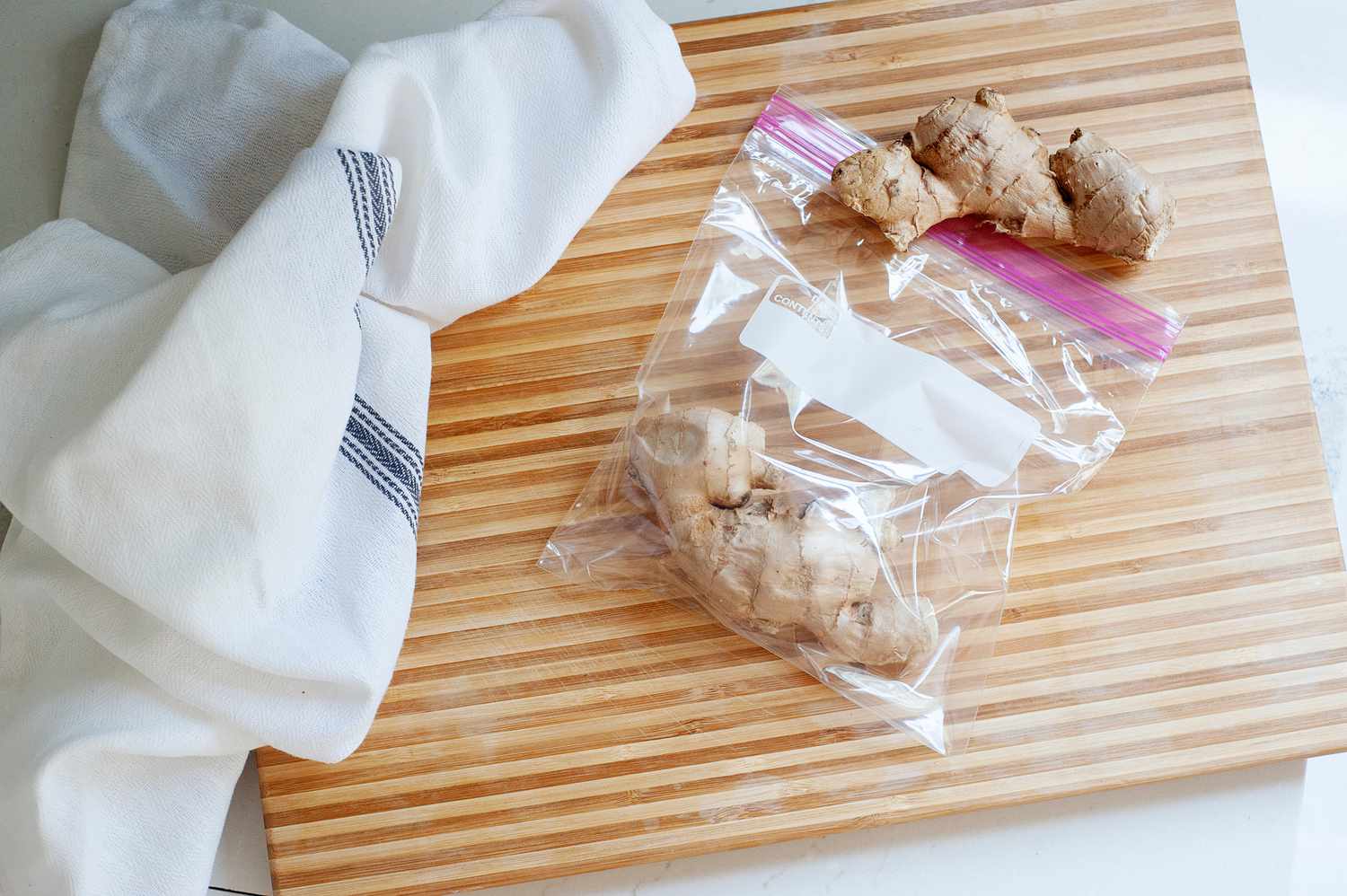
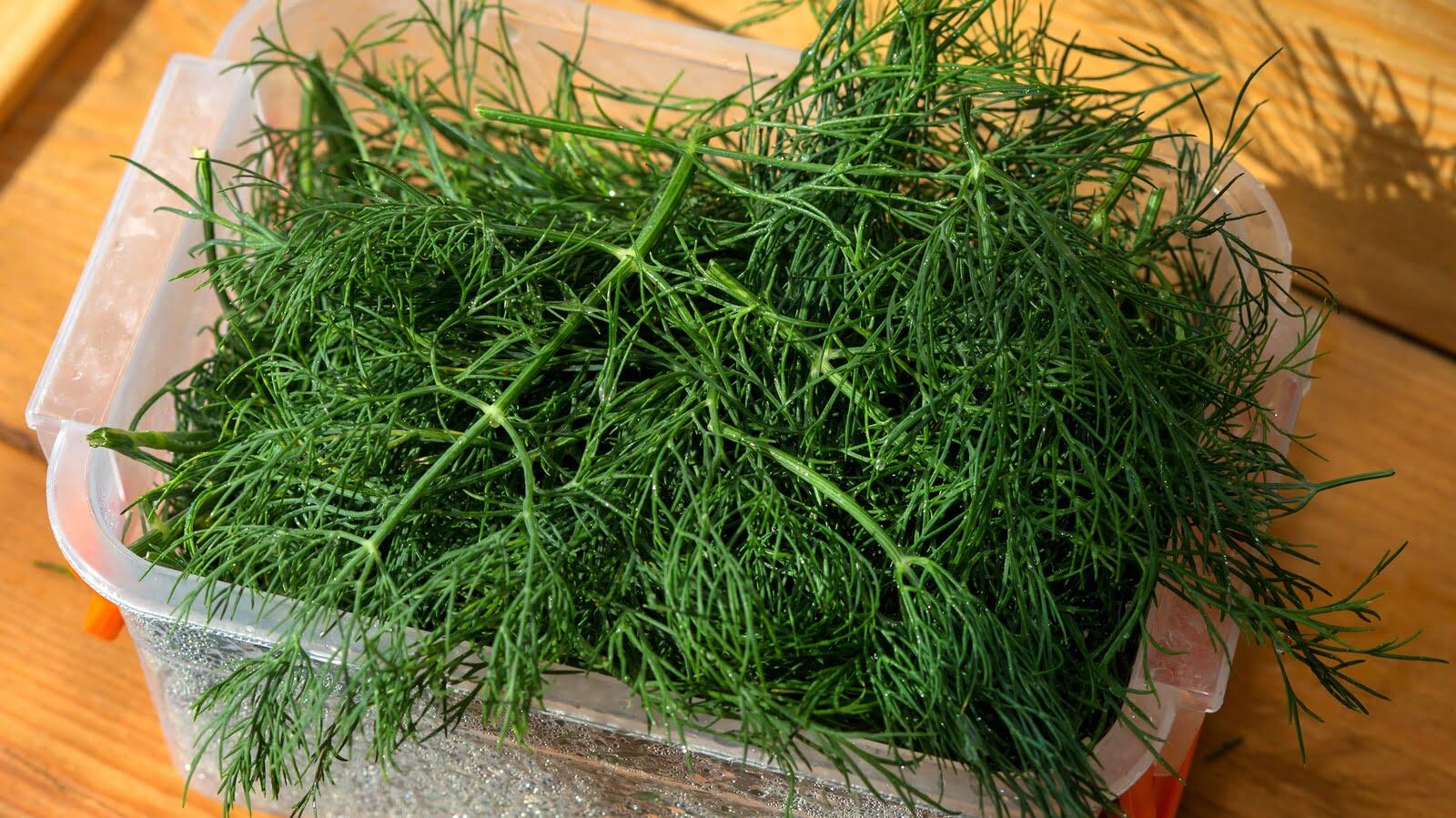


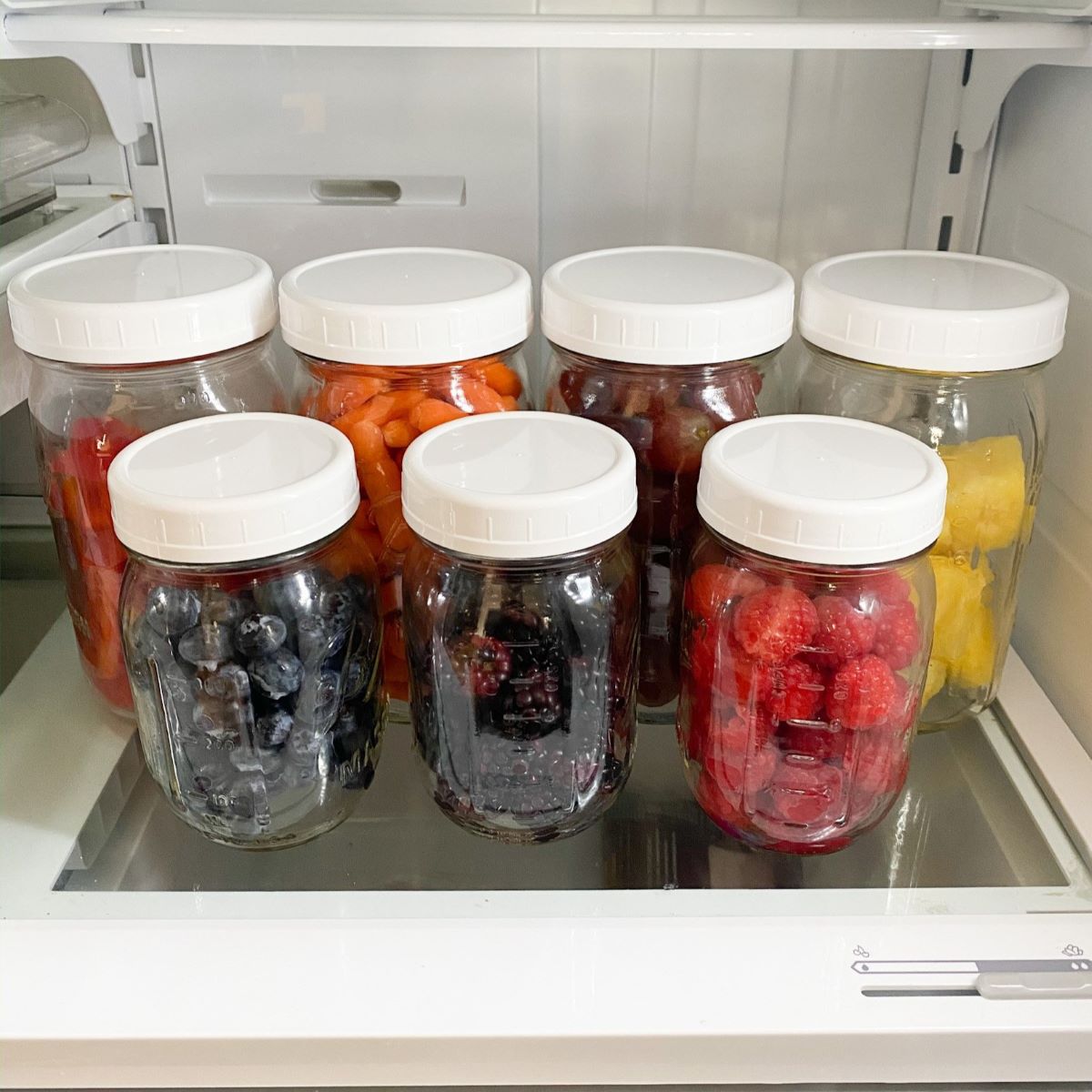
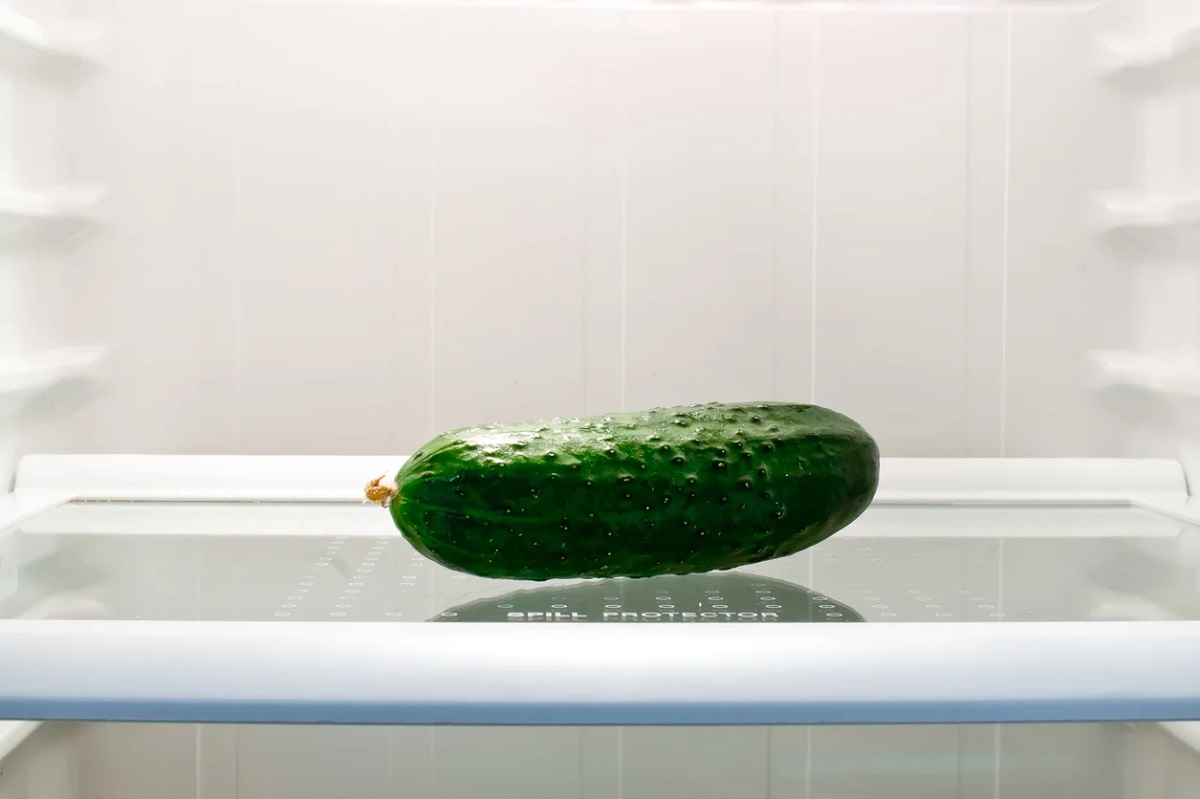
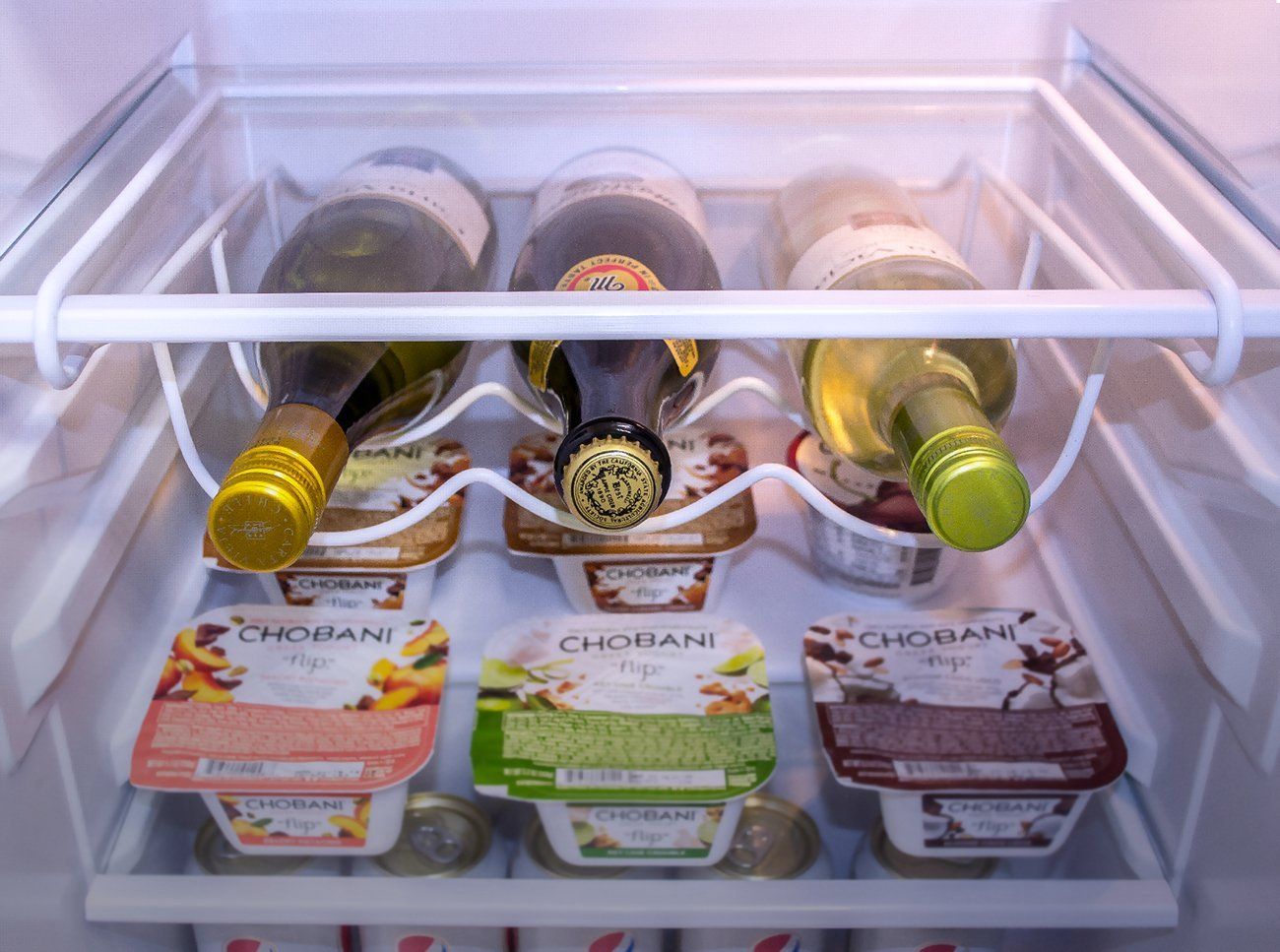


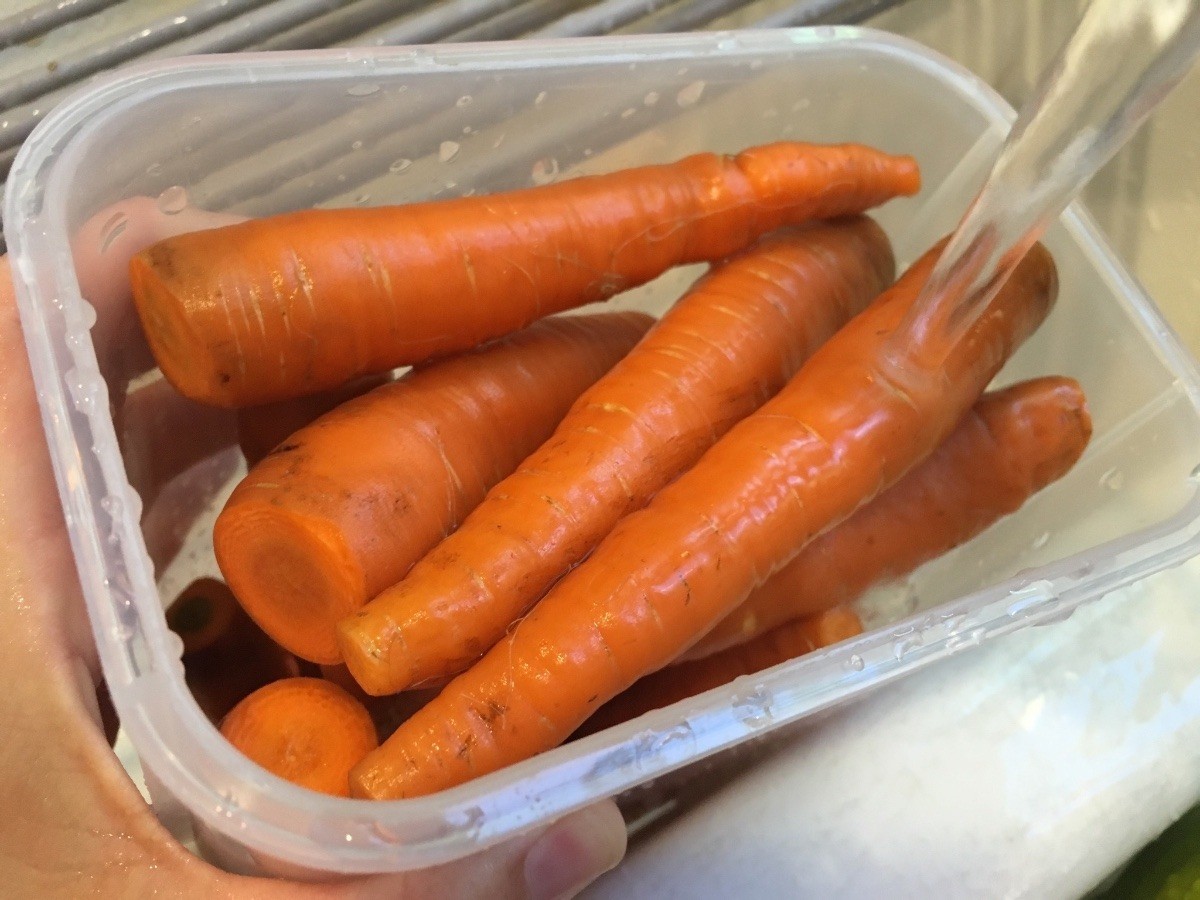
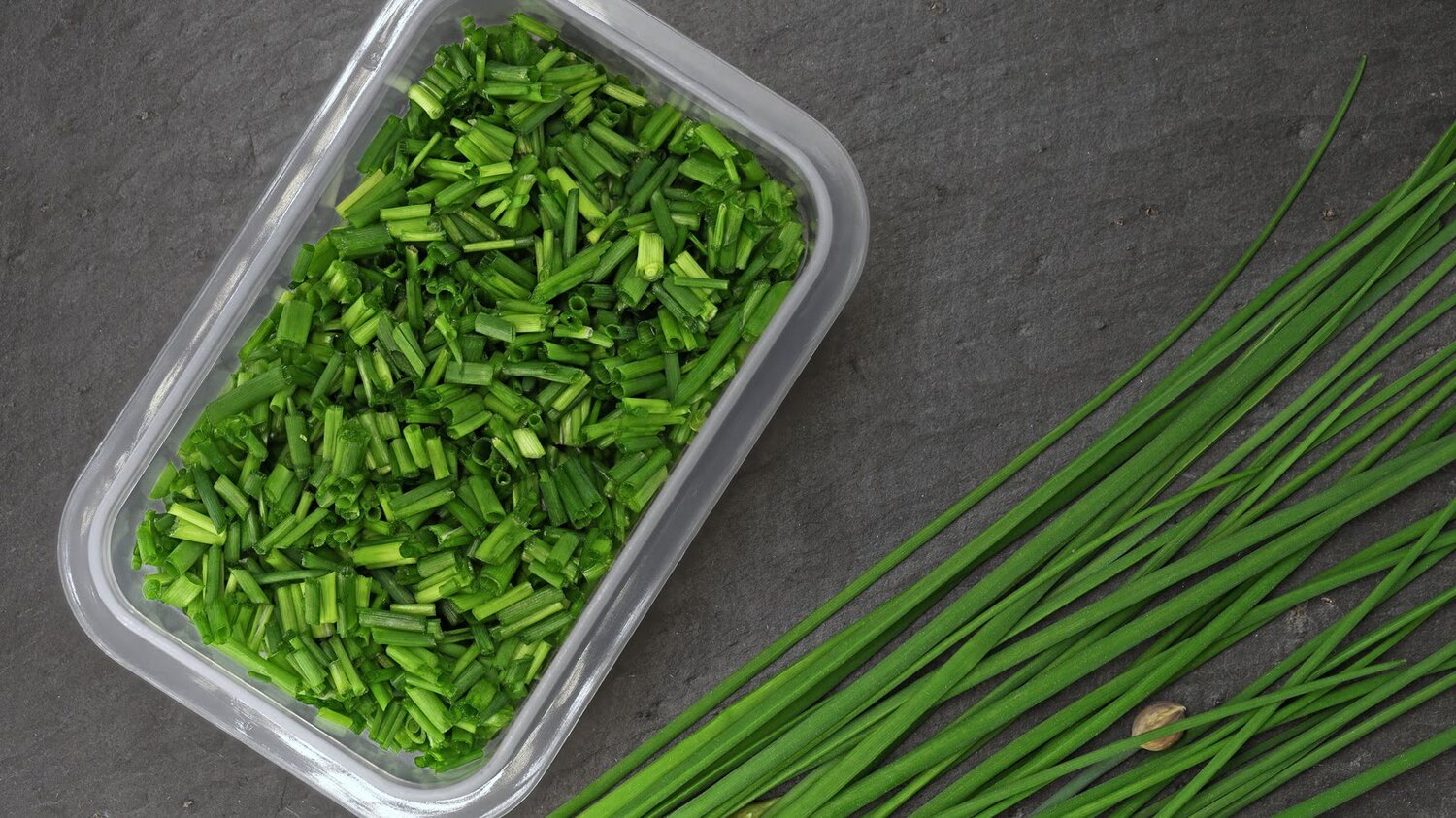

0 thoughts on “How To Store Your Fridge Effectively”